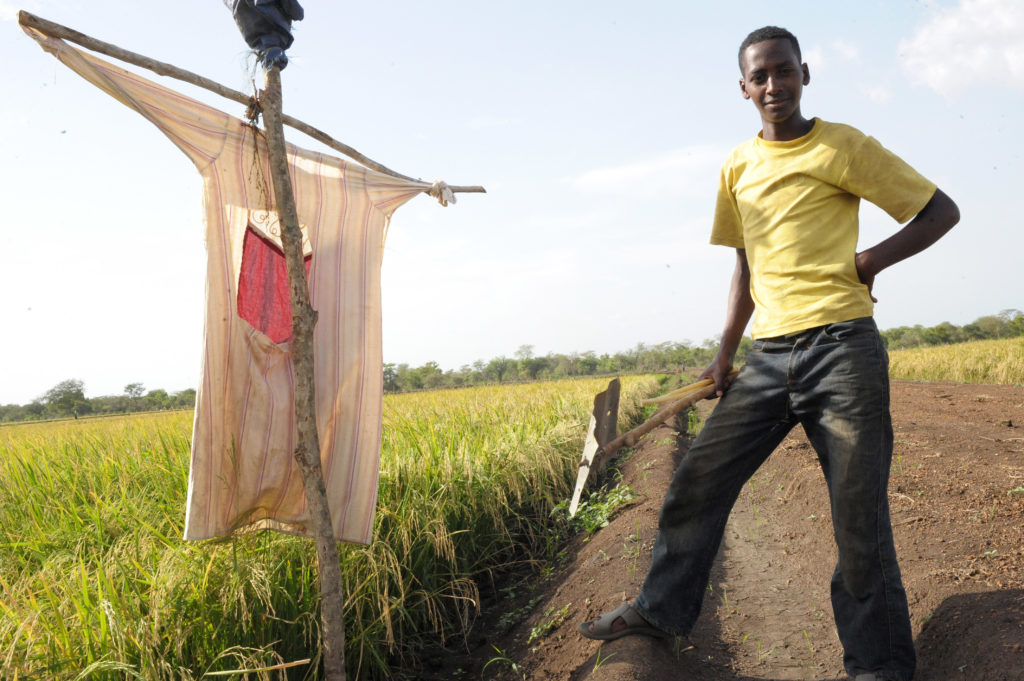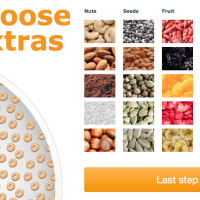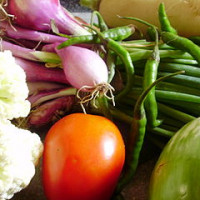Several new initiatives have boasted high tech help for farmers in the face of climate change. But what do we currently know about how global warming will affect agriculture and can technology help?
To find out, we spoke with Gerald Nelson, a Senior Research Fellow at the International Food Policy Research Institute (IFPRI) and Co-Leader of IFPRI’s Global Change Program. The program is responsible for developing IFPRI’s research in climate change modeling and for spatially explicit assessments of potential adaptation and mitigation programs and policies.
Beth Hoffman: What has been done in terms of climate change research and its implications on agriculture?
Gerald Nelson: I think the real first question is – what do we think we know about what climate change will do to agriculture? That is surprisingly hard to answer.
Historically we haven’t thought well or systematically about what happens to crops when the climate changes. There has been a lot of testing on crops as to what happens when certain pests or weeds get into fields or how new varieties perform with different management practices. But it is new for the ag industry to think about what farmers should do in a particular location if weather events step outside what was previous normal – say if average temperature goes up two degrees centigrade, if rains are delayed until mid season, or a drought repeatedly occurs during pollination.
How current varieties respond and what alternatives farmers have in what to grow if conditions change? That just hasn’t been a focus in the past, and we have limited recommendations at the moment. We don’t have nearly good enough data as to what climate change will mean for farm practices and we need to make sizeable investments in technology for both generation and dissemination of such information.
BH: What is IFPRI’s role in trying to help farmers in the face of climate change?
GN: At IFPRI we are trying to come to grips with what we call “plausible futures.” What do our models tell us about what different climate change possibilities mean for yields, for example, and then what does that mean for food prices?
The big agribusiness companies are looking at the commodity crops they make money on – corn, cotton, soybeans, etc. They are spending a lot of money on this kind of research and trying to get ahead of the changes.
But for the crops not commercially viable to do research on – the ones that don’t make companies money – we just don’t know what will happen to them and that is where IFPRI and its parent organization the CGIAR (Consultative Group on International Agricultural Research) come in. The CGIAR works on some of the crops the private sector does not do much research on – staple crops like rice, wheat, cassava, potatoes, and food beans. But the whole budget for CGIAR is small, around $800 million, or about half of what one big biotech company spends on ag research for a year.
BH: What do you see as the role of technology in helping farmers?
GN: Information technology of course is involved in the collection of data, in mapping and creating models about climate change. And in the developed world, farmers now have access to an explosion of information on the internet, from seed companies, from input suppliers, and others which has helped to offset the shrinking funding for extension services.
In the developing world, the situation is in many ways similar. There are now very few extension workers. Agribusiness is gradually getting into the provision of information and using information dissemination technologies of the 21st century.
But farmers in Africa, Asia, and Latin American are also beginning to rely on cell phone technology for a variety of agriculture-related information, mostly market information, about corn prices in East Africa for example, or even “here is a buyer looking to buy sorghum.” There is a lot of room in these places, however, for more information on agricultural practices or chemical use to be disseminated via smart phones or through farmer organizations.
I suspect competition to find ways to get devices and information into farmer’s hands will continue. More smart phones in places like Africa will appear and more information will be passed on that way. I can imagine startups and small entrepreneurs in IT working to put in place technology to transfer more information to farmers from Kenya to India.
I think we will also see a collection of different technologies from both the public and private sectors brought together to synthesize information into something usable for farmers. Like weather or market information collected by the public sector processed by the private sector to add value. Entrepreneurs and companies will take raw info, combine it with other raw data to produce useful information, and get it to farmers on cell phones, in publications and online. There will also be a resurgence in extension work, and some of that will come via phones and online too.






